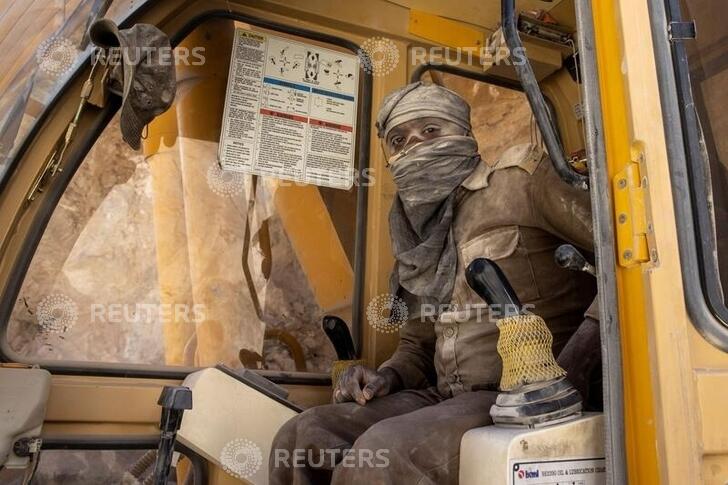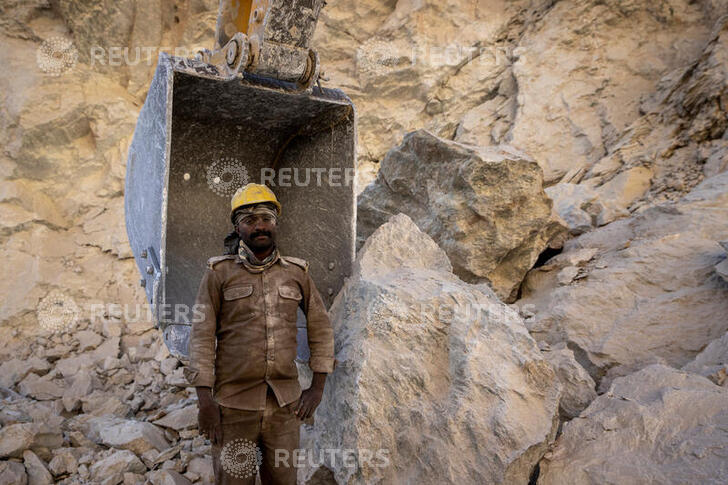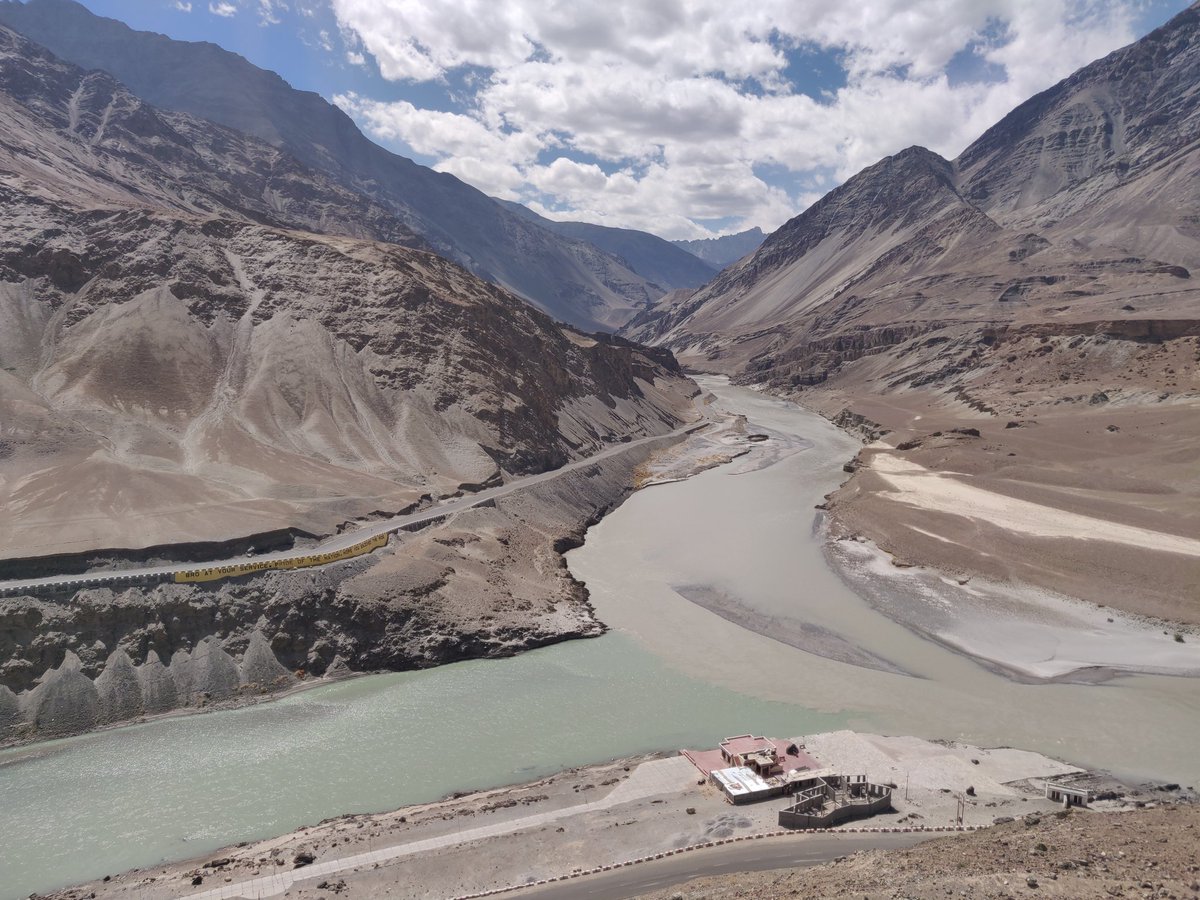Thread.
With troops amassed at the border with China and no sign of a drawdown, India is now pushing hard to blast and smash its way through the Himalayas.
Earlier in Sept, @dansiddiqui & I travelled to a road construction project in Ladakh.
Our report:
reut.rs/2G9v53h
With troops amassed at the border with China and no sign of a drawdown, India is now pushing hard to blast and smash its way through the Himalayas.
Earlier in Sept, @dansiddiqui & I travelled to a road construction project in Ladakh.
Our report:
reut.rs/2G9v53h
This is the 283-km-long Nimmu-Padam-Darcha highway, along the Zanskar river.
When completed, in an estimated three years, it will be the first road to provide all-year connectivity to Ladakh.
The region is currently cut off for several months each year because of winter snows.
When completed, in an estimated three years, it will be the first road to provide all-year connectivity to Ladakh.
The region is currently cut off for several months each year because of winter snows.
The terrain is harsh, with the constant risk of falling rocks, and rarified mountain air.
One afternoon, dozens of workers cleared debris from a freshly blasted section of the road.
A few kilometres away, another group crouched under an excavator as explosives went off.
One afternoon, dozens of workers cleared debris from a freshly blasted section of the road.
A few kilometres away, another group crouched under an excavator as explosives went off.
Work will continue through the bitter winter, when temp drop to below minus 40 Celsius and biting winds at altitudes above 11,000 feet make construction even more challenging.
But new drilling machines are helping speed up, pushing dynamite deeper and faster into hard rocks.
But new drilling machines are helping speed up, pushing dynamite deeper and faster into hard rocks.
India has identified 73 key roads along the Chinese border, of which 61 are with the Border Roads Organisation.
About 75% of these BRO roads have been completed.
This particular highway was conceived around 1999, with work really picking up in the last couple of years.
About 75% of these BRO roads have been completed.
This particular highway was conceived around 1999, with work really picking up in the last couple of years.
The man deftly using the excavator (see last tweet) is Ligen Eliyas from Wayanad, Kerala.
He's been working non-stop in Ladakh for the last 8 months, not even managing to go home to see his newborn child.
Why?
"For the nation," he said, smiling.
Pix: @dansiddiqui

He's been working non-stop in Ladakh for the last 8 months, not even managing to go home to see his newborn child.
Why?
"For the nation," he said, smiling.
Pix: @dansiddiqui


China’s advanced network of roads, railways, helipads mean that it can move troops to forward areas faster than India, analysts say.
Still, the frenetic work on the Indian side has become a thorny issue this summer with China complaining that it was destabilising the situation.
Still, the frenetic work on the Indian side has become a thorny issue this summer with China complaining that it was destabilising the situation.
“China does not recognise the so-called ‘Ladakh Union Territory’ illegally set up by India and is opposed to infrastructure building at the border area for the purpose of military control,” the office of China’s foreign ministry spokesperson said.
(Below: entry into Zanskar V)
(Below: entry into Zanskar V)
The full network of 71 roads will cut down travel time between key Indian military bases, allowing for quicker mobilisation of troops and ease patrolling in some forward areas, an Indian official said.
“We will have a better chance of catching up with the Chinese.”
“We will have a better chance of catching up with the Chinese.”

• • •
Missing some Tweet in this thread? You can try to
force a refresh






